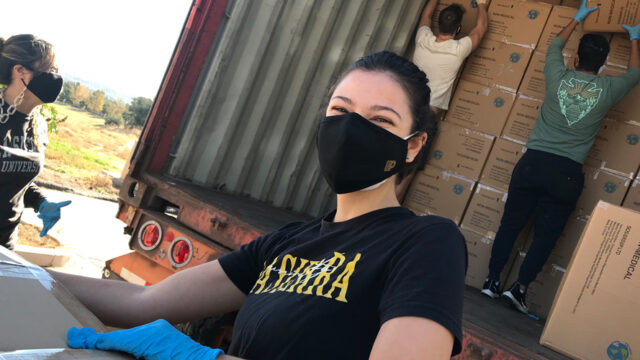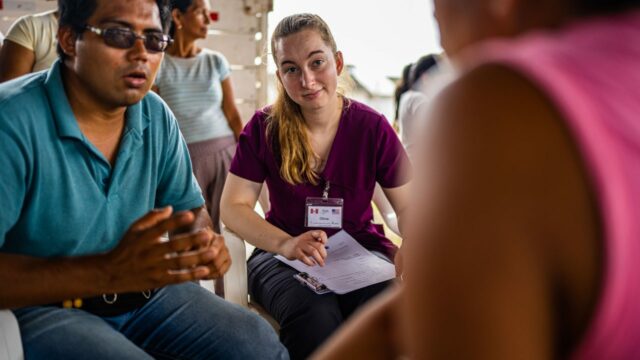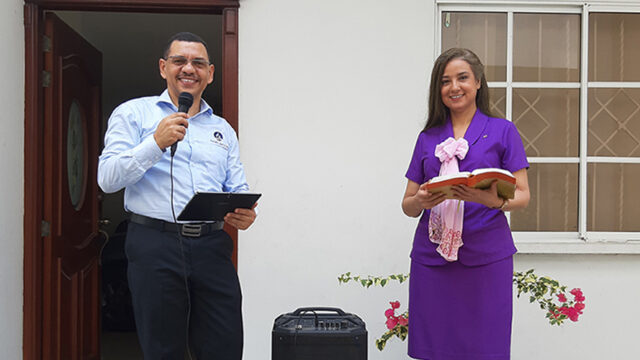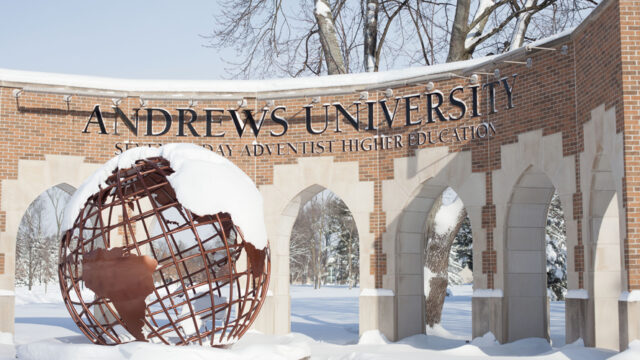Spared Adventist churches and schools have been turned into shelters, leaders said.
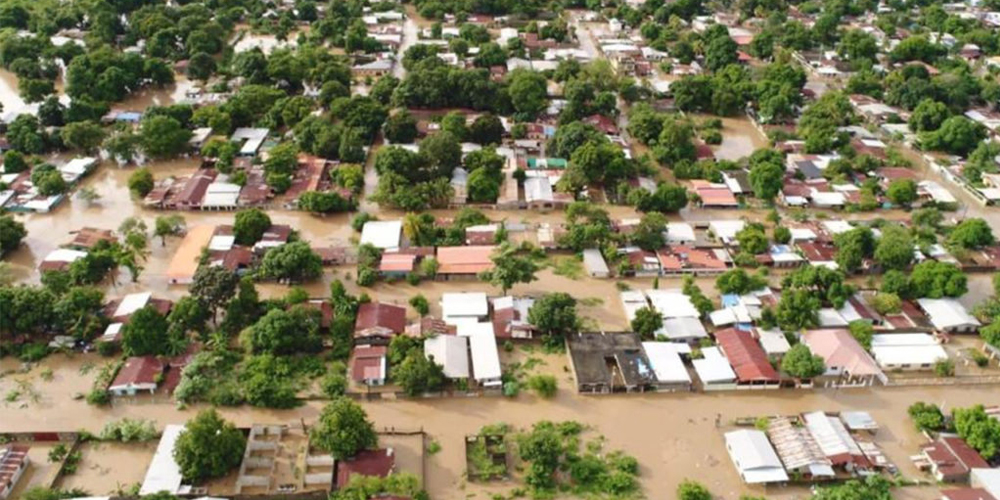
Seventh-day Adventist leaders in Honduras are still assessing constituents’ needs in the northwest region of the country, where Hurricane Eta hit hard as a downgraded tropical depression on November 4, 2020. The torrential rains caused landslides, overflowed rivers, and flooded entire towns, leaving thousands stranded. Eight people have been reported dead.
“We have been trying to evaluate the damages and the current issues that Eta has caused from very early in the day,” Adan Ramos, president of the church in Honduras, said from his office in Tegucigalpa. Tropical Storm Eta flooded the city of San Pedro Sula in the northwestern region of the country. The airport and large parts of the city and neighboring communities have been immersed because of the constant rains, he said.
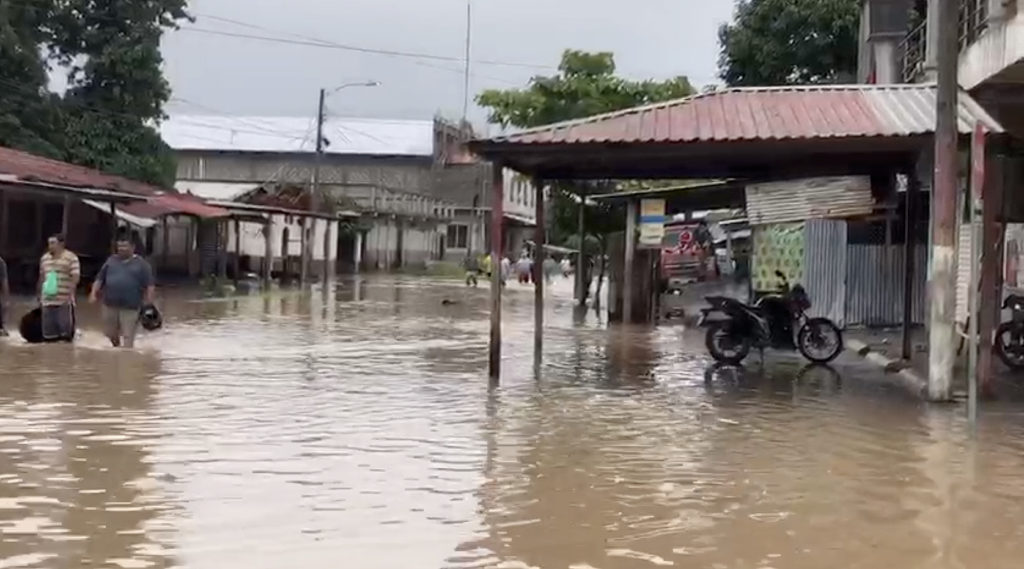
“We just don’t know how many have died for sure, because there are so many people way deep in their communities, telephone lines and internet are not functioning, and many wait to be rescued by boat or helicopter.”
The church has not been able to obtain small boats to assist in the aftermath of Eta. “We won’t know what the exact damage will be until waters subside, but in the meantime, we have been organizing assistance to provide for the needs,” he said. Several undamaged churches and two Adventist schools in San Pedro Sula are functioning as shelters.
Displaced Church Members
Many church families have been left homeless, and funds are being disbursed to assist those staying in those shelters for now, Ramos added. Church leaders have appealed to the public for food, money, and other supplies for displaced families.
“We have lost everything,” Pati Valeriano, a mother of five and church member in San Pedro Sula, said. “I was able to escape with my children, with very little from our house, and we swam to safety.” Hours later, she met up with the van belonging to the church’s Northwest Honduras Conference, and she and her children were given a ride to a shelter. “Thank you to my church; we need faith and prayers in this situation,” she said.
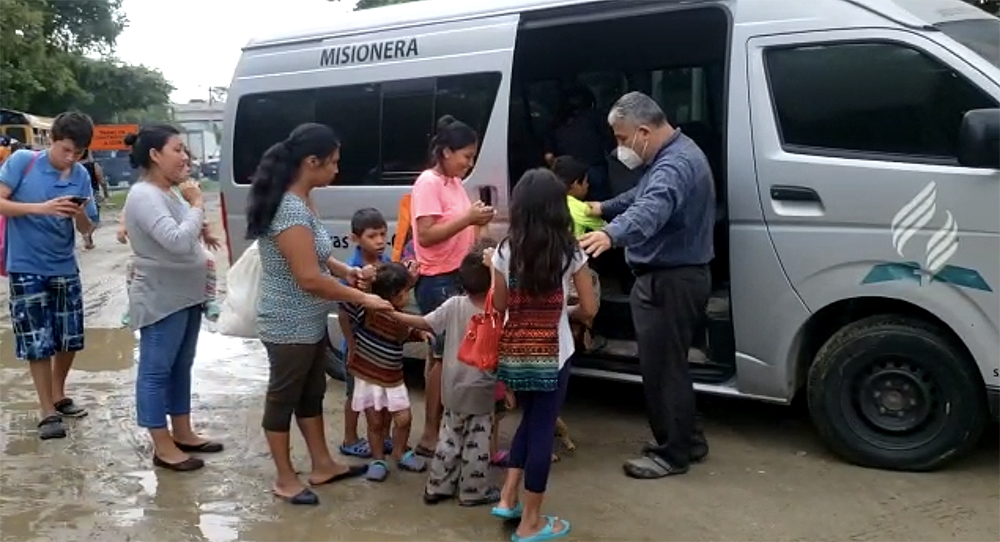
“These are very difficult times for this whole region,” Walter Ciguenza, communication director for the church in Honduras, said. He is the pastor of 12 churches in San Pedro Sula. Eight of the churches he pastors have been flooded, he said. Two days after the storm, he and other local church pastors were out looking for members in need in several communities. The two Adventist schools are sheltering a total of 130 persons, he said. Valeriano, her children, and their dog are have been staying at one of the two Adventist schools.
The number of church members affected in northwest Honduras has risen to more than 500, he added.
Héctor González, a church elder at Jupiter Adventist church, waited with his family for more than 24 hours to be rescued, Ciguenza said. “We were able to get some friends who own a boat to go rescue his parents, siblings, children, and get the rest of his family to safety, 10 in total,” he said. González’s family was among the 40 persons standing on the top floor of his house waiting to be rescued. González and his family were so excited during Ciguenza’s pastoral visit on Friday evening, November 6, that they sang a song in their Garifuna dialect praising God for His mercies.
ADRA’s Initial Response
Luis Trundle, director of the Adventist Development and Relief Agency (ADRA) in Honduras, reported that funds were released thanks to an initial response by ADRA International and ADRA in the Inter-American Division region to assist 1,500 families with food and hygiene kits in the worst affected area in northwest Honduras.
“A great concern is the enormous crop losses brought by Eta floods,” Trundle said. “It’s been so difficult with the drought before COVID-19, La Niña weather pattern, and it seems that it never ends.”
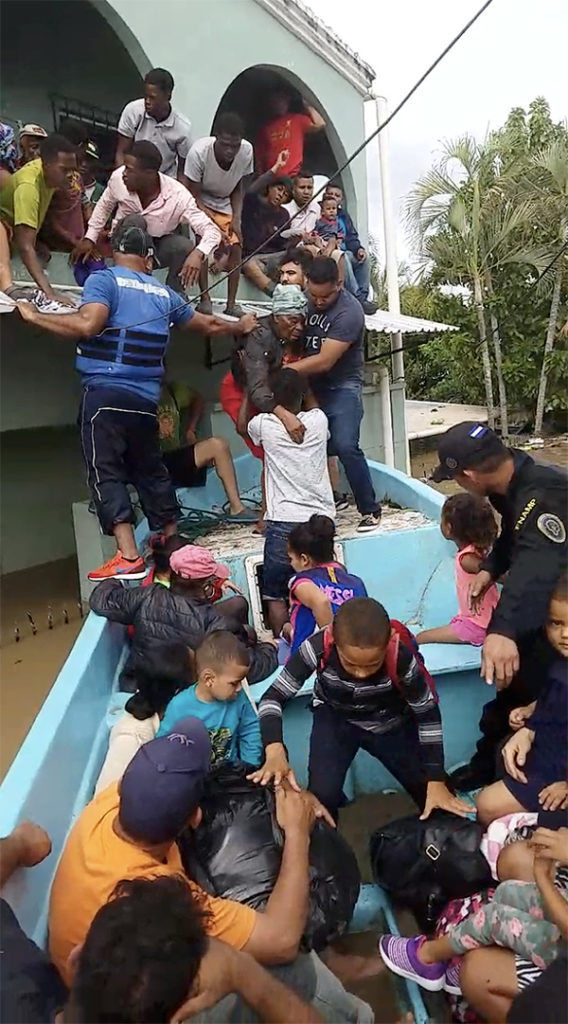
Trundle said that ADRA Honduras signed an agreement with USAID to provide funds to assist 60 shelters and 1,700 additional families in some sectors in San Pedro Sula.
The church will continue to move to assist those in need during this aftermath, Ramos said. “The demand is great for us as a church, but we will continue moving to provide as much assistance as we can to help those in need,” he added.
Hurricane Eta had hit neighboring Nicaragua on Tuesday, November 3, as a category 4 storm, causing widespread damage before it was downgraded to a tropical depression over Honduras on November 4. Damages were still being assessed by the church in Nicaragua and other Central American countries in the week after the storm.
The original version of this story was posted on the Inter-American Division news site.



